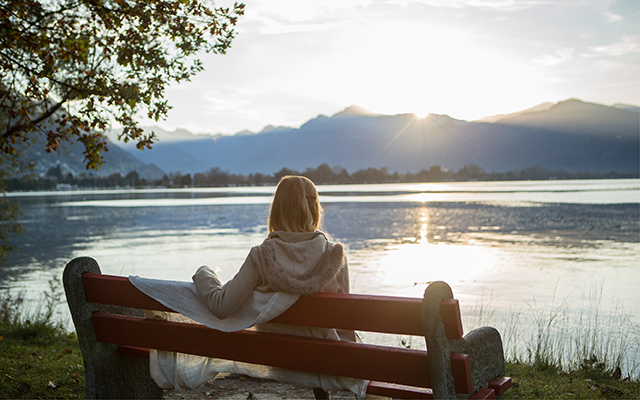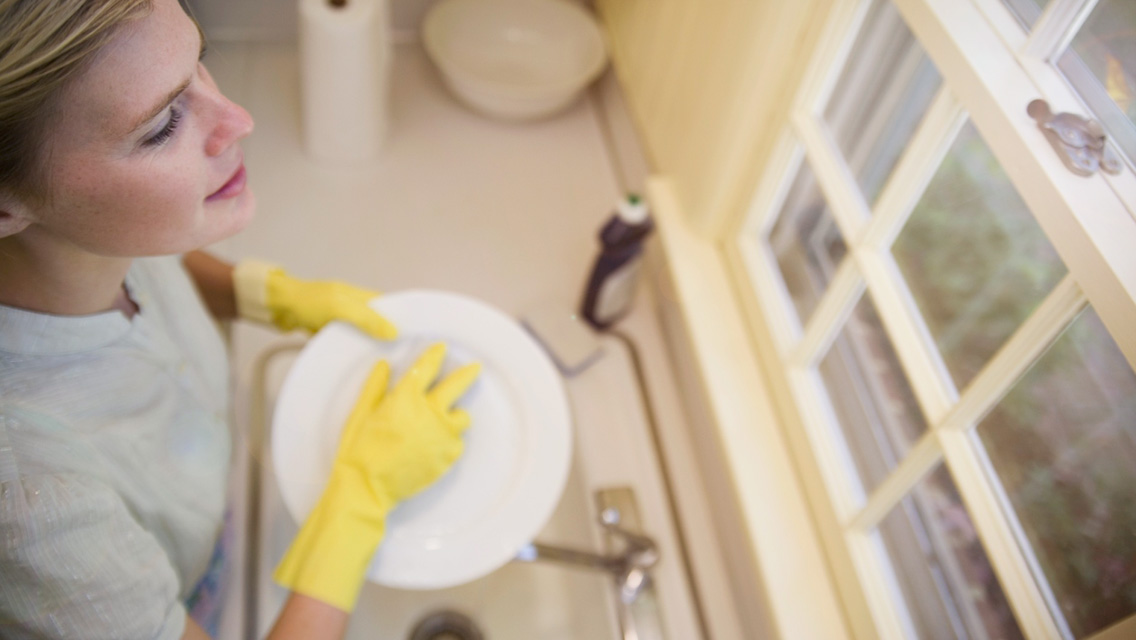Movement is wonderful, but sometimes it simply isn’t an option. We have to sit in meetings and in the car; when we’re feeling under the weather, we lie down. Additionally, it’s critical to give your body and mind downtime from the hustle of doing things, including the most beneficial movement. These tips can help you make the most of the restful periods so you can move better when you’re up and about again.
1. Tune in to your alignment.
Originally, “yoga was developed so practitioners could sit meditating for long periods,” says yoga teacher Lynn Shuck. Proper sitting was recognized as a skill requiring practice — not simply a collapse into the nearest seat.
On those occasions when you must be in one position for a long period, take a cue from the yogis and bring some awareness into the picture: “Sit on the edge of your chair. You’ll use a bit of effort to sit tall, and you may find you aren’t sitting tall all the time. Just don’t lean back on the backrest.”
When standing, keep your hips underneath you and your weight on your heels. (Hint: If you need to brace your hips on the counter to chop vegetables, your hips are too far forward.)
These alignment tips allow your bones — rather than your muscles — to hold you up, making both sitting and standing for long periods easier and more comfortable, and sparing your joints unnecessary wear and tear.
2. Don’t sleep so tight.
Do you wake up feeling stiff? Can you sleep in only one position, on one side of one mattress — and only then with a fortress of pillows supporting every limb?
“Time to mobilize,” says biomechanist Katy Bowman. First step: Switch sides of the bed. Then, she says, “If you have a guest bed, switch to that some nights to let your body adapt to a different pressure.”
Too much change? Roll out stiff muscles with mobility balls or a foam roller before bed, then try mobilizing again. If you’re up for it, she says, sleep on a pad on the floor.
3. Find stillness.
Paradoxically, says Exuberant Animal founder Frank Forencich, another essential key to moving more is to find time to move less — way less. The Internet, he argues, drives people into a near-constant state of hyperalertness. “One of our biggest problems is that we’ve developed a kind of partial continuous engagement with the world,” he explains.
“Insist on periods when you stop doing,” says Forencich, whether it’s after 6 p.m. on weeknights, all day Sunday, or for 10-minute stretches at work.
Do what you need to find quietude for yourself. That might mean meditating in an empty conference room or sitting in the sunshine at a nearby park or in your backyard. There is no “Do this” set of instructions, because the goal is to not do much of anything and find peace in that not doing.
Don’t feel guilty about vegging out. It’s essential recharge time that pays long-term dividends to your health and productivity.
This originally appeared as “Rest Better” in “16 Ways to Move More” in the April 2018 print issue of Experience Life.




This Post Has 0 Comments